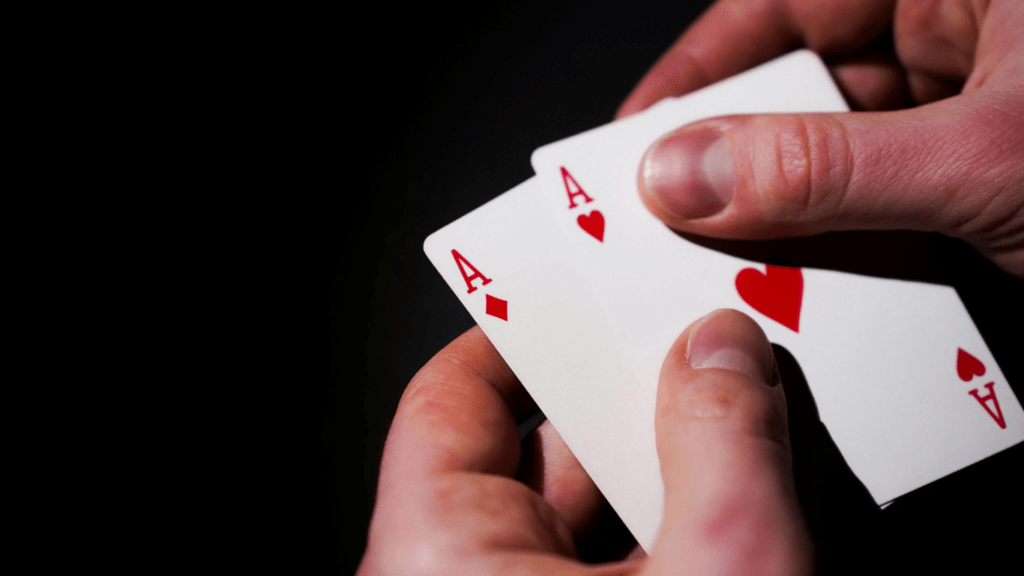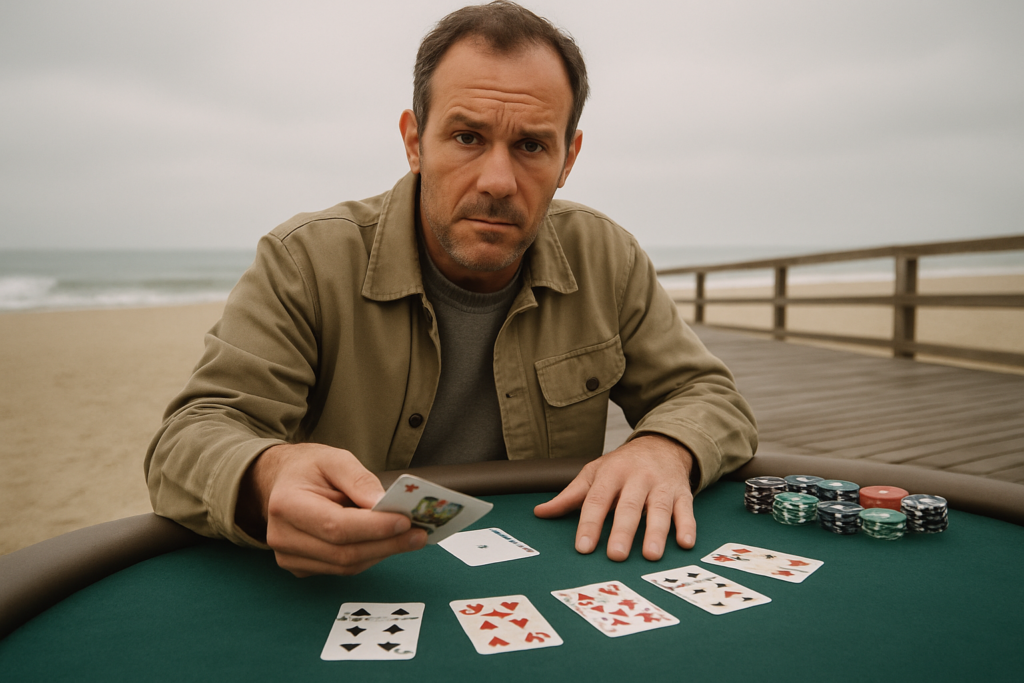Understanding the Basics of Blackjack
Blackjack combines elements of strategy and chance. Familiarity with its basic rules forms the foundation for sound decision-making. Each player aims to achieve a hand total closest to 21 without exceeding it. The dealer interacts with players individually, though all players are dealt from the same deck.
The game begins when both the player and the dealer receive two cards, with one of the dealer’s cards being face up. Players decide whether to “hit” (draw additional cards) or “stand” (keep their current hand). Certain hands allow players the option to “split” – separating identical cards into two hands – or “double down” – doubling their initial bet and receiving only one more card.
Deck penetration and house edge are two critical factors. Deck penetration refers to the proportion of the deck in use before shuffling, affecting card counting strategies. The house edge represents the statistical percentage advantage the casino has over the player. Basic strategy charts, widely available in blackjack literature and online, suggest optimal plays based on probability, reducing the house edge.
Mastering these essentials prepares players for more advanced decisions like splitting and standing. With consistent practice and understanding of concepts like deck penetration and house edge, players enhance their blackjack experience.
The Art of Splitting
Splitting pairs in blackjack can transform the game, offering unique opportunities for higher returns. Understanding when to split requires insight and strategy, allowing players to manage risks effectively.
When to Split Aces and Eights
- Splitting Aces and Eights is critical. Aces grant flexibility by allowing two chances to hit 21.
- By splitting, I maximize potential versus restricting myself to a single hand.
- Eights create a challenging 16 when paired; splitting them turns a weak position into an advantage.
- With two hands, I enhance my chance of drawing cards like tens, potentially achieving two winning hands.
Pairs You Should Never Split
Certain pairs consistently yield unfavorable outcomes when split. Fours and fives, for instance, shift the advantage to the dealer by creating vulnerable hands. With fours, I’m more likely to end up with two weak hands. Pairing fives instead of splitting creates a strong hand of ten, allowing for a strategic double down. Tens should stay together to maintain a solid 20, one of the best non-blackjack hands.
When employing these strategies, always remember the game’s situational dynamics, such as dealer’s upcard and table rules, as they shape the optimal decision each round.
The Strategy of Standing

Understanding when to stand in blackjack is crucial to a successful game. This decision helps lock in a strong hand and avoid busting.
Determining When to Stand
Standing on a hard hand between 17 and 21 is often advisable. A higher total minimizes the risk of the dealer surpassing your hand, while a lower total increases the chance of being outmaneuvered. On soft hands, such as Ace-7, standing depends on the dealer’s upcard. For example, against a dealer showing 2 through 6, I stand to capitalize on the potential for the dealer to bust.
Common Mistakes to Avoid
- One mistake I often see is standing too early with a low total, usually below 12.
- This invites unnecessary pressure from the dealer’s potential for strong cards.
- Another is failing to consider the dealer’s upcard.
- It’s crucial to avoid automatic actions and instead assess each situation based on the visible cards.
Factors Influencing Your Decision
In blackjack, deciding whether to split or stand depends on multiple factors affecting your strategy.
Dealer’s Upcard
The dealer’s upcard is crucial. It dictates possible outcomes for both the dealer and me. Weak upcards (2-6) suggest the dealer might bust. I should take calculated risks by splitting or hitting aggressively. Strong upcards (7-Ace) require caution. Standing or doubling down becomes favorable when my hand is strong enough to compete effectively against potential dealer total.
Your Hand Value
My hand value guides my decisions at the table. For example, a hard total of 17-21 often warrants standing, avoiding busts due to high likelihood of winning. With a pair, I consider splitting based on its value and the dealer’s upcard. Pairs of Aces or Eights offer strategic advantages when split, giving me better opportunities for winning hands. Conversely, low pairs like fours or fives should typically remain intact to avoid weakening my hand potential.
Mastering the Decision-Making Process
Mastering decision-making in blackjack significantly boosts a player’s success rate. Recognizing when to split or stand is vital for optimizing strategies and improving gameplay outcomes.
Utilizing Basic Strategy Charts
- Basic strategy charts serve as essential tools for blackjack players.
- I find these charts helpful because they offer precise guidance on the best moves based on the player’s hand and the dealer’s upcard.
- By aligning my decisions with these mathematically optimized recommendations, I reduce the house edge and make more informed choices.
- Charts suggest splitting Aces and Eights or standing on a hard 17, which enhances my chances of winning.
- Users can find these charts online as downloadable resources or accessories in physical form to consult during play.
Practicing with Online Simulations
Practicing with online simulations provides interactive learning opportunities without financial risk. I’ve used simulations to reinforce my decision-making skills through repetitive practice. These tools simulate real scenarios, helping me test strategies and refine my game. Players can access diverse simulation platforms, allowing them to play various hands, adjust strategies according to the dealer’s upcard, and analyze outcomes. By practicing regularly, I increase my confidence and proficiency at the table.



 Senior Gambling Analyst
Ingrid Cox is the Senior Gambling Analyst at Dice Gamblers Deal, responsible for providing deep, data-driven insights into the strategies and odds behind various casino games. With a background in mathematics and statistical analysis, Ingrid brings a scientific approach to her role, offering players accurate and well-researched information on everything from blackjack hand probabilities to optimal roulette betting strategies. Ingrid's expertise allows her to break down the complex odds of gambling games, offering readers tools to better understand their chances and improve their strategies. Her work focuses not only on the numbers behind the games but also on trends within the gambling world, helping players stay ahead of the curve. Ingrid’s ability to translate difficult concepts into understandable strategies makes her a trusted authority for both beginners and seasoned gamblers looking to enhance their skills.
Senior Gambling Analyst
Ingrid Cox is the Senior Gambling Analyst at Dice Gamblers Deal, responsible for providing deep, data-driven insights into the strategies and odds behind various casino games. With a background in mathematics and statistical analysis, Ingrid brings a scientific approach to her role, offering players accurate and well-researched information on everything from blackjack hand probabilities to optimal roulette betting strategies. Ingrid's expertise allows her to break down the complex odds of gambling games, offering readers tools to better understand their chances and improve their strategies. Her work focuses not only on the numbers behind the games but also on trends within the gambling world, helping players stay ahead of the curve. Ingrid’s ability to translate difficult concepts into understandable strategies makes her a trusted authority for both beginners and seasoned gamblers looking to enhance their skills.